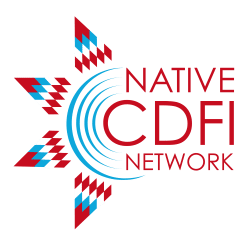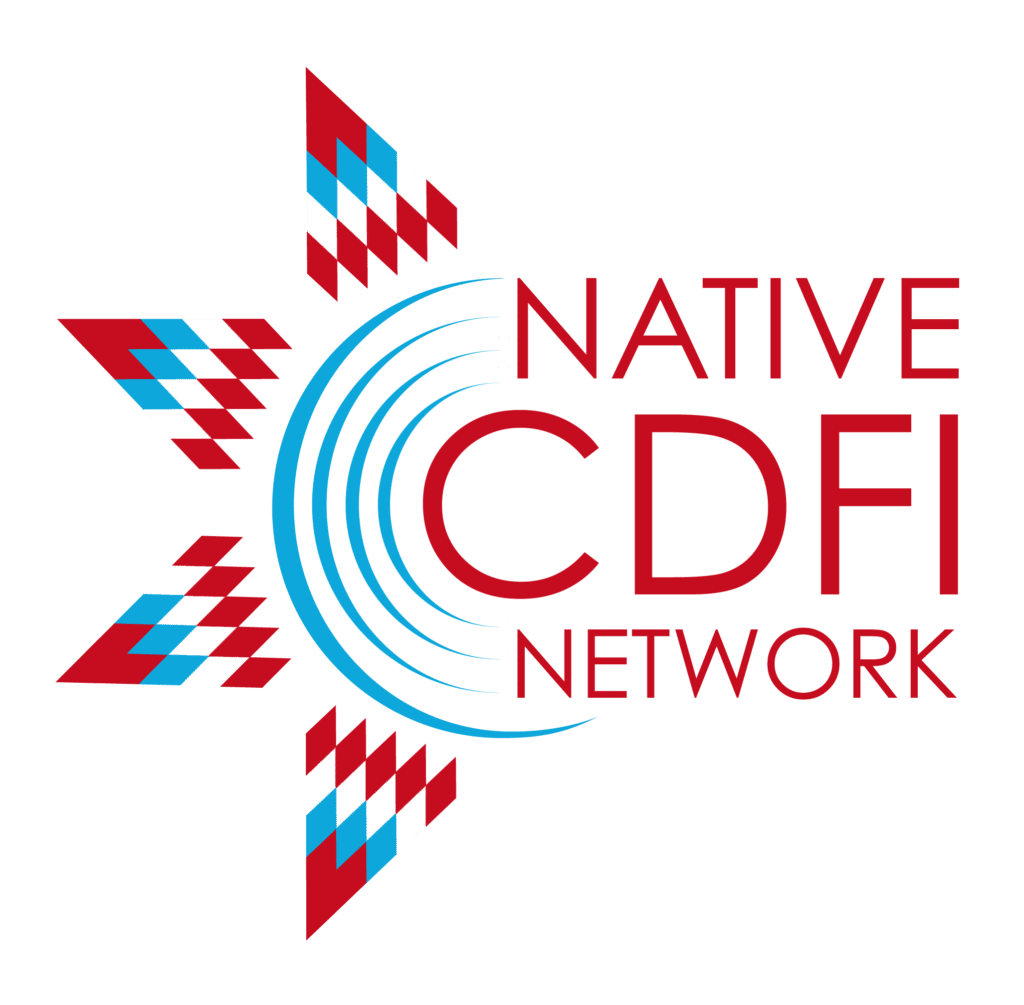For Native people living in rural areas with scarce housing stock, manufactured units can be a practical homeownership choice. Manufactured homes tend to have lower purchase prices than site-built houses. Delivered on-site as finished home structures, they also avoid the costs associated with from-scratch construction in remote places.
Financing these manufactured homes, though, can cost Native borrowers on reservations two times what it would cost a white borrower off reservation.
New research from the Center for Indian Country Development (CICD) at the Minneapolis Fed found that use of home-only loans, a type of manufactured home loan that costs more over time, fuels this significant gap.
But despite these research findings, one key question remains: Why are these borrowers ending up with home-only loans in the first place?
You might think some homebuyers on reservations could be financing their manufactured units with home-only loans because of the particulars of land status in parts of Indian Country. Reservations and some other lands are held in trust for tribes by the federal government.
Trust land can’t be used as collateral in the same way it might in a conventional mortgage loan. Homebuyers on reservations often must secure a land lease and other permissions to site any type of home there.
But the home-only loan research findings are puzzling in part because there are specific mortgage products designed for Native buyers looking to finance homes—including manufactured homes—on trust land. These products and others typically are available to Native borrowers through a certified lender like a Native Community Development Financial Institution (NCDFI).
Read the full article here.

